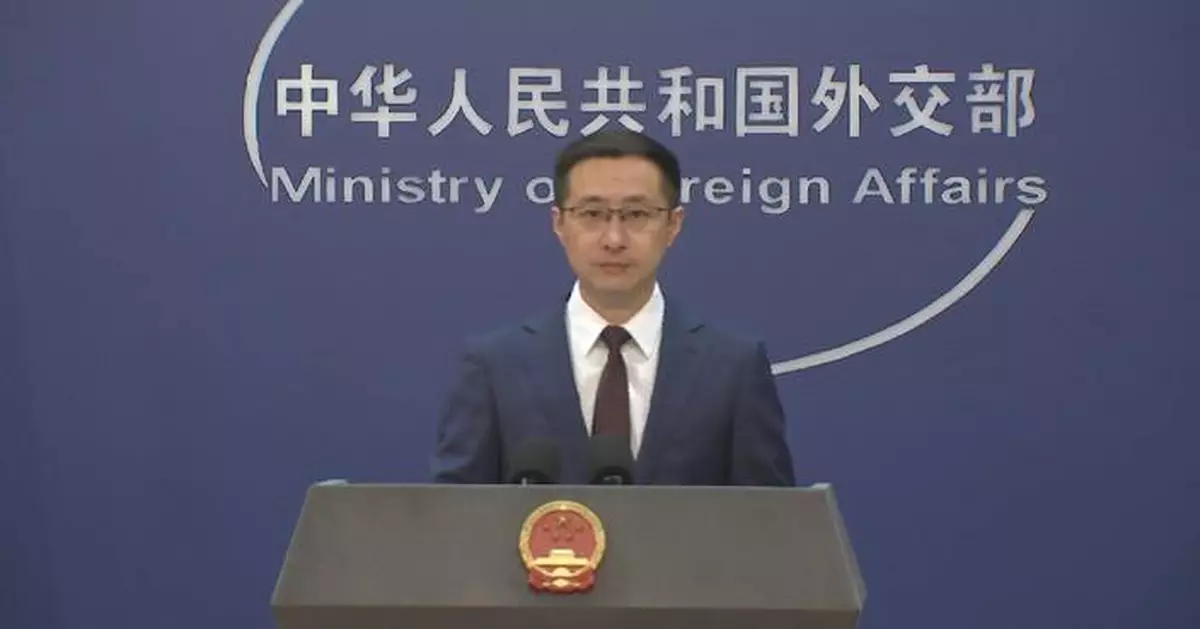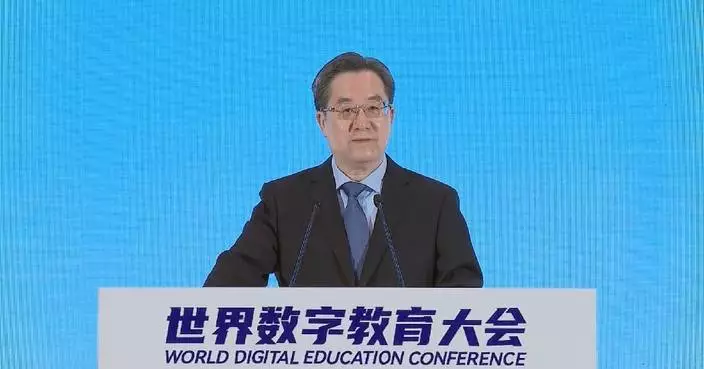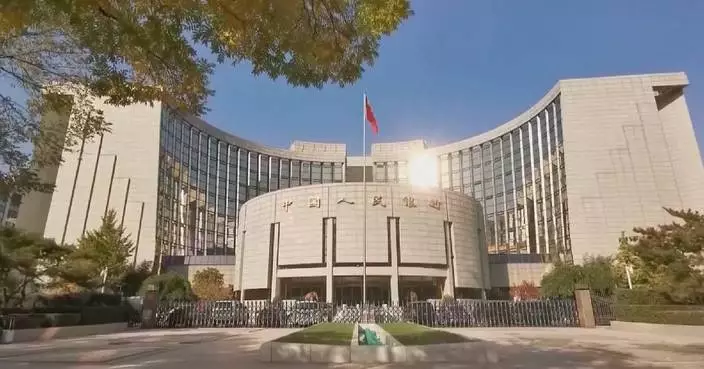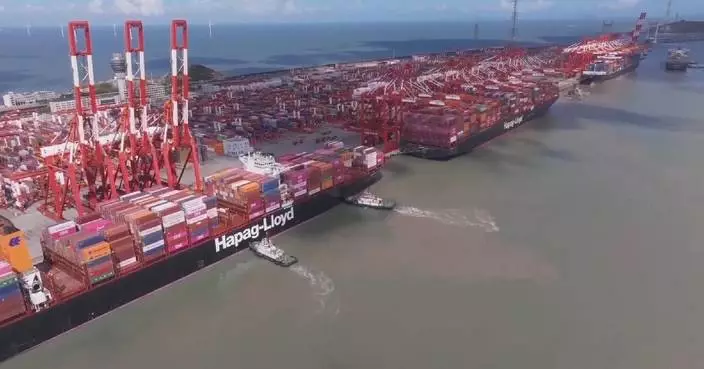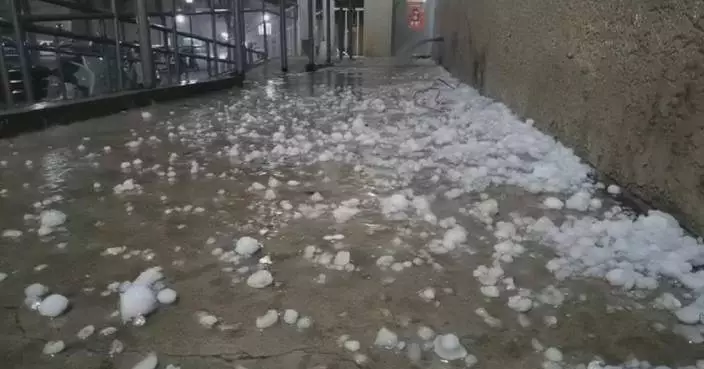China's development will bring more opportunities rather than challenges to Australia, Foreign Ministry spokesman Lin Jian said on Friday at a press conference in Beijing.
Lin was responding to a report on the economic impact of trade with China on Australian families which was commissioned by the Australia China Business Council (ACBC) and recently released by the Bankwest Curtin Economics Center (BCEC), an independent economic and social research organization located within the Curtin Business School at Australia's Curtin University.
According to the report, Australia's trade with China increased disposable income by an average of 2,600 Australian dollars (about 1,690 U.S. dollars) for each Australian family in the fiscal year 2022-2023, which "equates to 4.6 percent of disposable income per capita."
Australia's trade with China created up to 595,600 jobs and put downward pressure on the living cost, which is estimated to drop by 4.2 percent, said the report.
The report found that the greater proportion of Australia's imports from China in its total imports, the more the living cost will be reduced.
Lin said that Australia's cooperation with China has brought tangible benefits to its people, and that China's development will bring more opportunities for Australia.
"We have noticed the report released by the Australian institution. The facts and data listed in the report reflected the huge benefits Australia's trade with China has brought to the Australian people, highlighting the mutually beneficial and win-win nature of the China-Australia economic and trade relations. It has once again shown that China's development is an opportunity rather than a challenge for Australia. China and Australia are natural partners for cooperation as their economies are highly complementary. China is now further deepening reforms comprehensively to advance Chinese modernization which will bring more opportunities for China-Australia cooperation," said Lin.
"Cooperation between China and Australia enjoys broad prospect. By strengthening bilateral cooperation, the two countries can transform their complementary advantages into powerful driving forces for common development. It will also contribute to maintaining stable and unimpeded global industrial and supply chains and inject more positive energy into the sustained economic recovery of the two countries, the region and the world at large. Taking the 10th anniversary of the China-Australia comprehensive strategic partnership as a new starting point, China is ready to work with Australia to implement the important consensus reached by the two heads of state and the outcomes of Chinese Premier Li Qiang's visit to Australia in June this year. We will continue to foster new growth drives of China-Australia cooperation and make the 'pie' of win-win cooperation bigger so as to bring more benefits to the two peoples," Lin said.
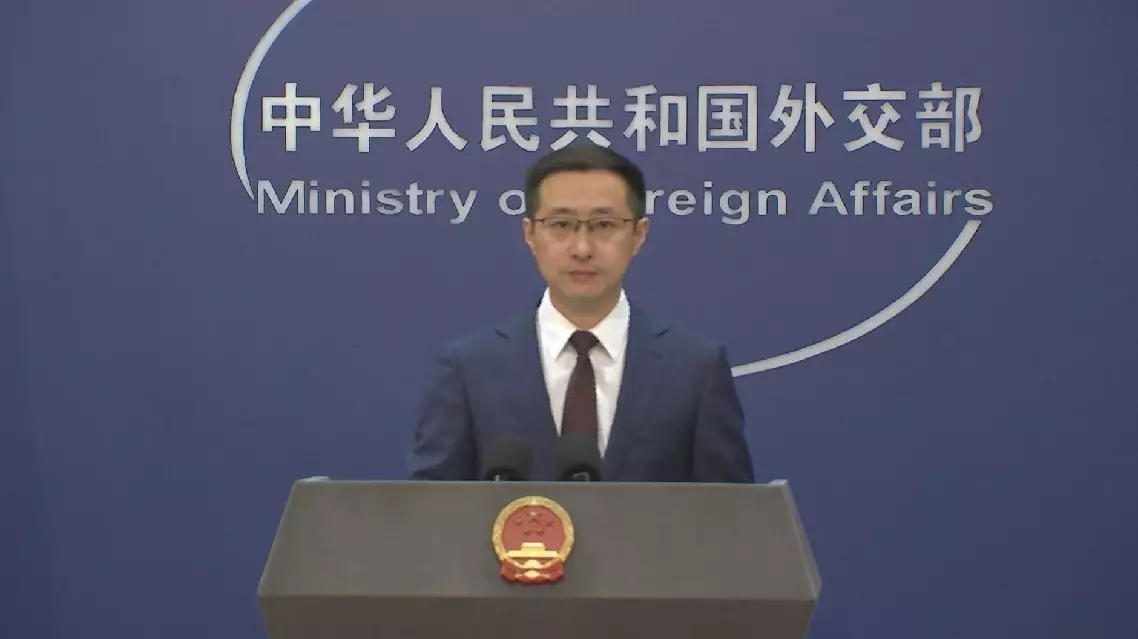
China's development brings opportunities rather than challenges to Australia: spokesman
Regions across China are leveraging drones and advanced farm machinery to manage grain production.
There are three different grain production seasons in China: summer grain, early rice and autumn grain, accounting for about 21 percent, 4 percent and 75 percent of the annual grain output respectively.
Traditionally, the summer harvest spans from May to late June in China every year, with most of the work focusing on reaping winter wheat, a staple grain crop, and rapeseed.
The winter wheat planted in more than 250,000 mu (16,667 hectares) of fields in Pinglu County, Yuncheng City of north China's Shanxi Province is now entering the ripening period which is crucial for the grain formation.
Located in a mountainous region, the county has scattered plots which poses challenges to manual pest and disease control. Facing the challenge, the county's agricultural department has designated the scattered plots as specific areas for drone spraying, combining human efforts with drone technology to ensure that no part of the field is left untreated.
The local authorities have deployed drones to cover over 30,000 mu (2,000 hectares) of crop fields per day. Flying over the fields, the drones are spraying pesticides and fertilizer to ensure the health and productivity of wheat crops and a bountiful summer grain harvest.
As the summer grain harvest draws near, major agricultural provinces, including Sichuan in southwest China, Hubei in central China, and Jiangxi in east China, have already begun harvesting rapeseeds.
In Zitong County, Mianyang City, Sichuan Province, rapeseed farmers are reaping a bountiful harvest. In a local agricultural park, six combine harvesters can be seen shuttling across the fields, with their gears whirring as rapeseed stalks being fed into the machines.
The entire process, from harvesting to threshing, separating, and crushing, is fully automated. The crushed rapeseed shells and straw are evenly spread across the fields, while the harvested seeds are transported to drying facilities before being sold or processed into oil for consumption.
This year, Zitong County has deployed over 1,200 harvesters to assist local farmers, with the mechanization rate in harvesting exceeding 80 percent, leading to a 30 percent reduction in harvesting costs. The full harvest is expected to be completed by the end of this month.
Meanwhile, in Jingmen City, Hubei Province, the introduction of two-stage rapeseed harvesting technology has substantially improved grain yields. The new technique involves cutting down the rapeseed, leaving it to dry on the field for a few days before using machines to gather and thresh the seeds.
This innovation has reduced the seed loss rate from 30 percent to less than 8 percent. By now, 758,000 mu (50,533 hectares) of the city's 2.32 million mu (154,667 hectares) of winter rapeseed have been harvested, accounting for more than 30 percent of the crop to be harvested. The harvest is expected to be completed by May 21.
In Linchuan District of Fuzhou City in Jiangxi Province, the rapeseed harvest is nearing its end. Local farmers are racing to take advantage of the favorable weather conditions, using advanced machinery to ensure a smooth and efficient harvest.
The area under rapeseed cultivation in the Linchuan District alone surpasses 100,000 mu (6,667 hectares). More than 2,800 farming households have begun harvesting since late April, with the mechanical harvesting rate exceeding 90 percent.
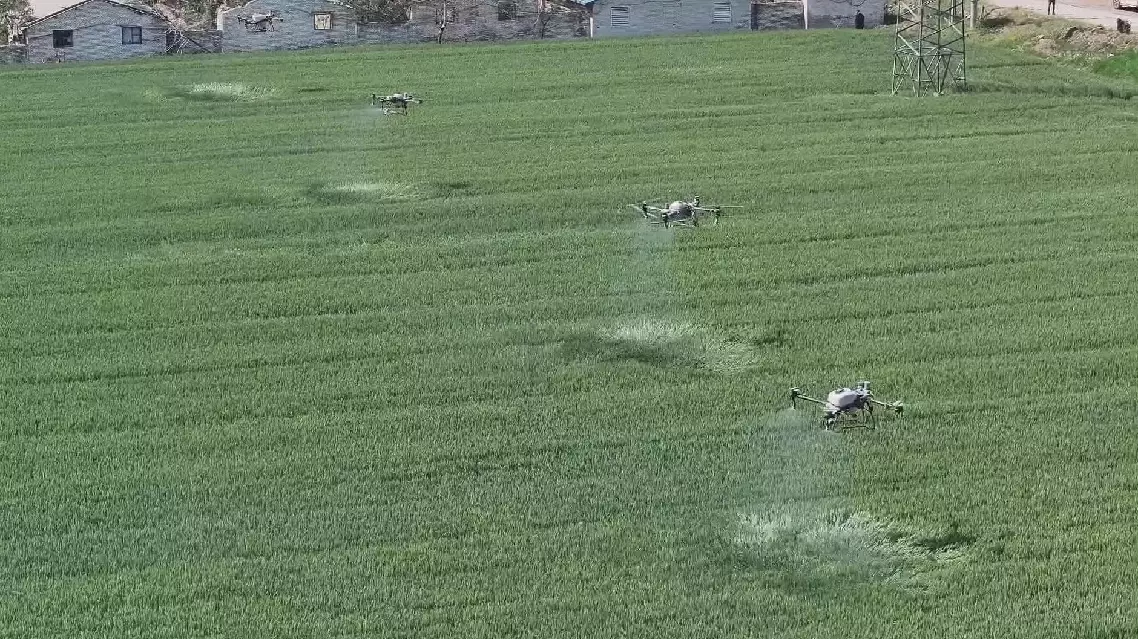
Chinese farms use drones, advanced farm machinery to manage grain production



